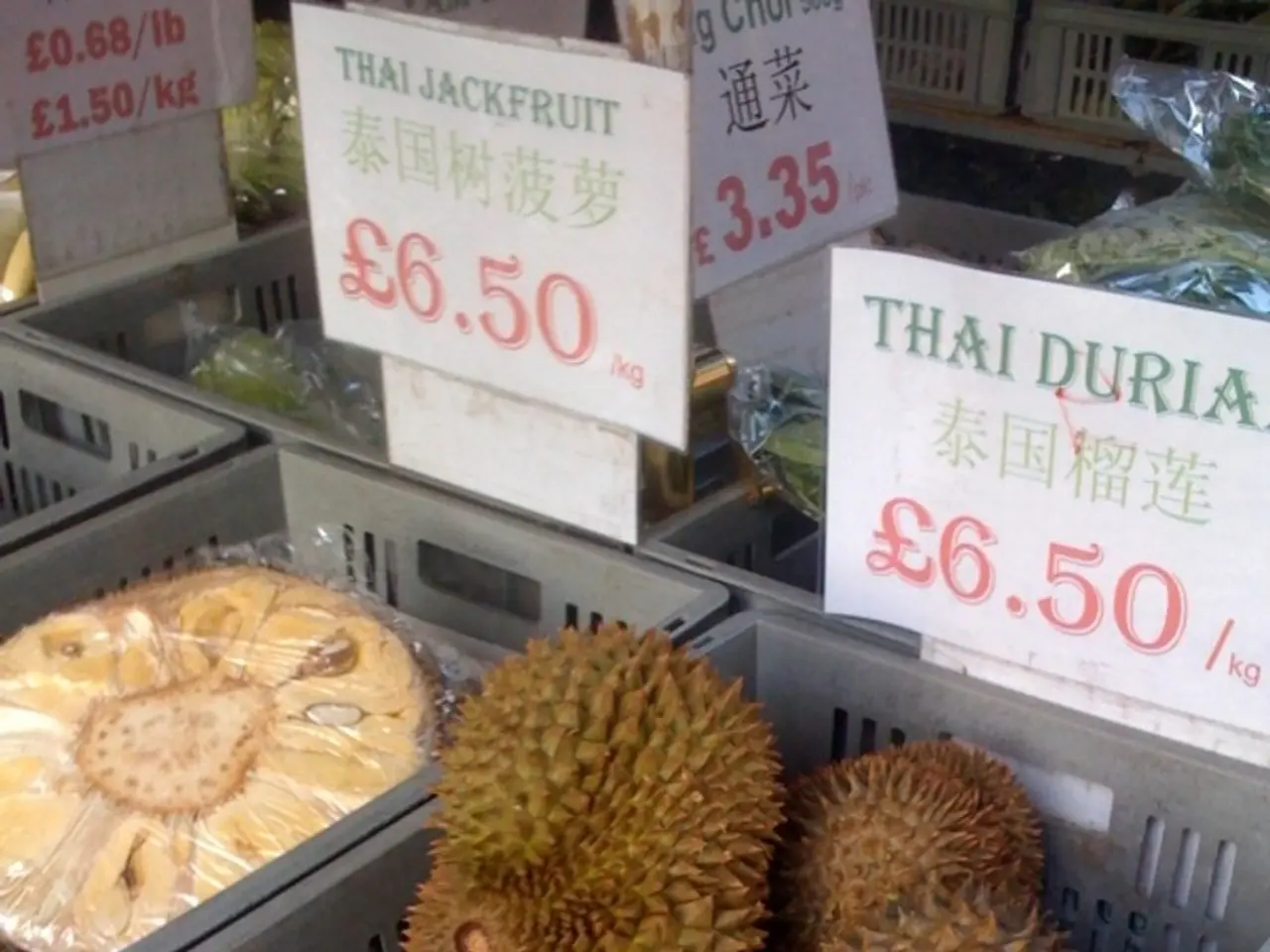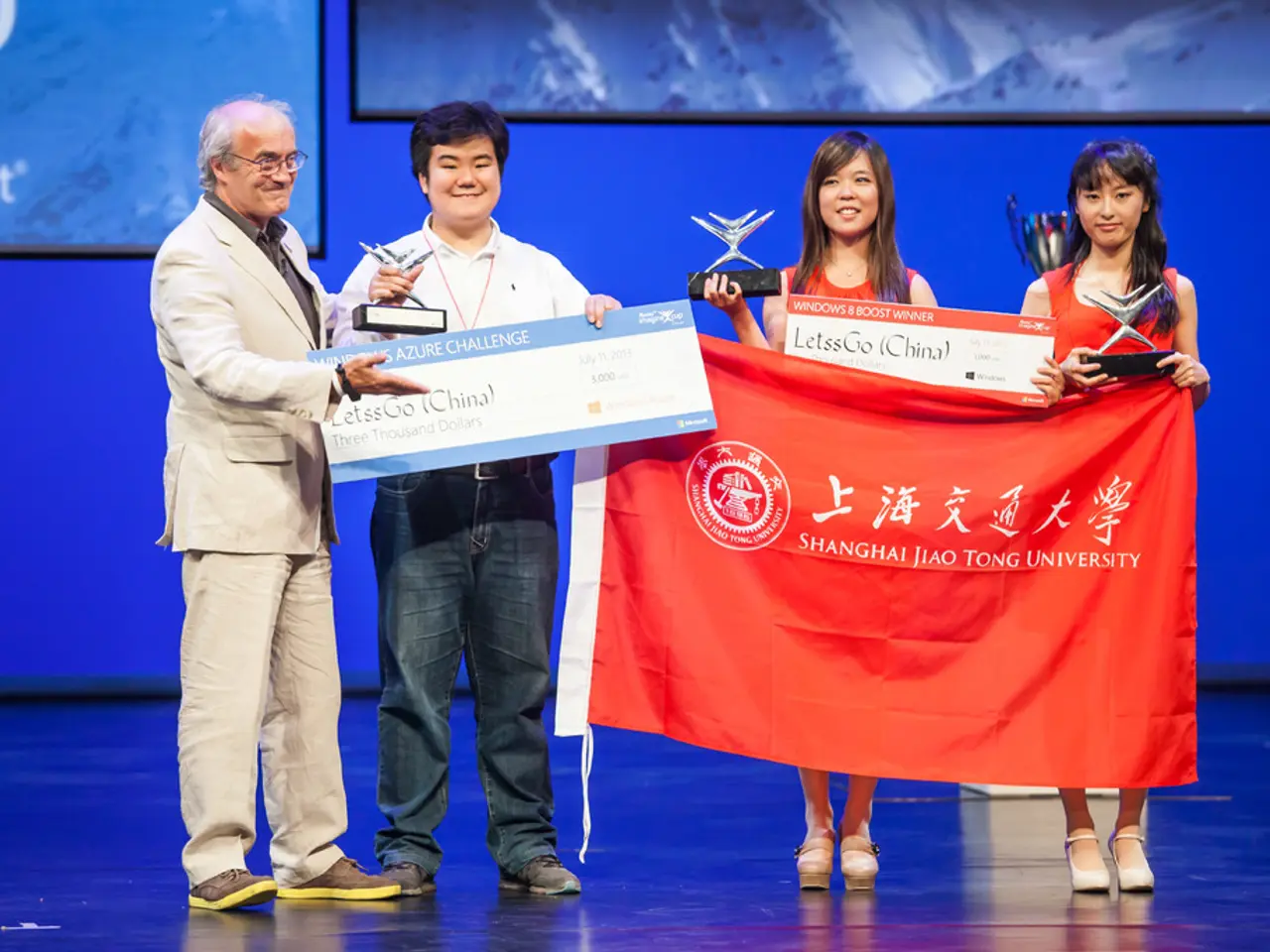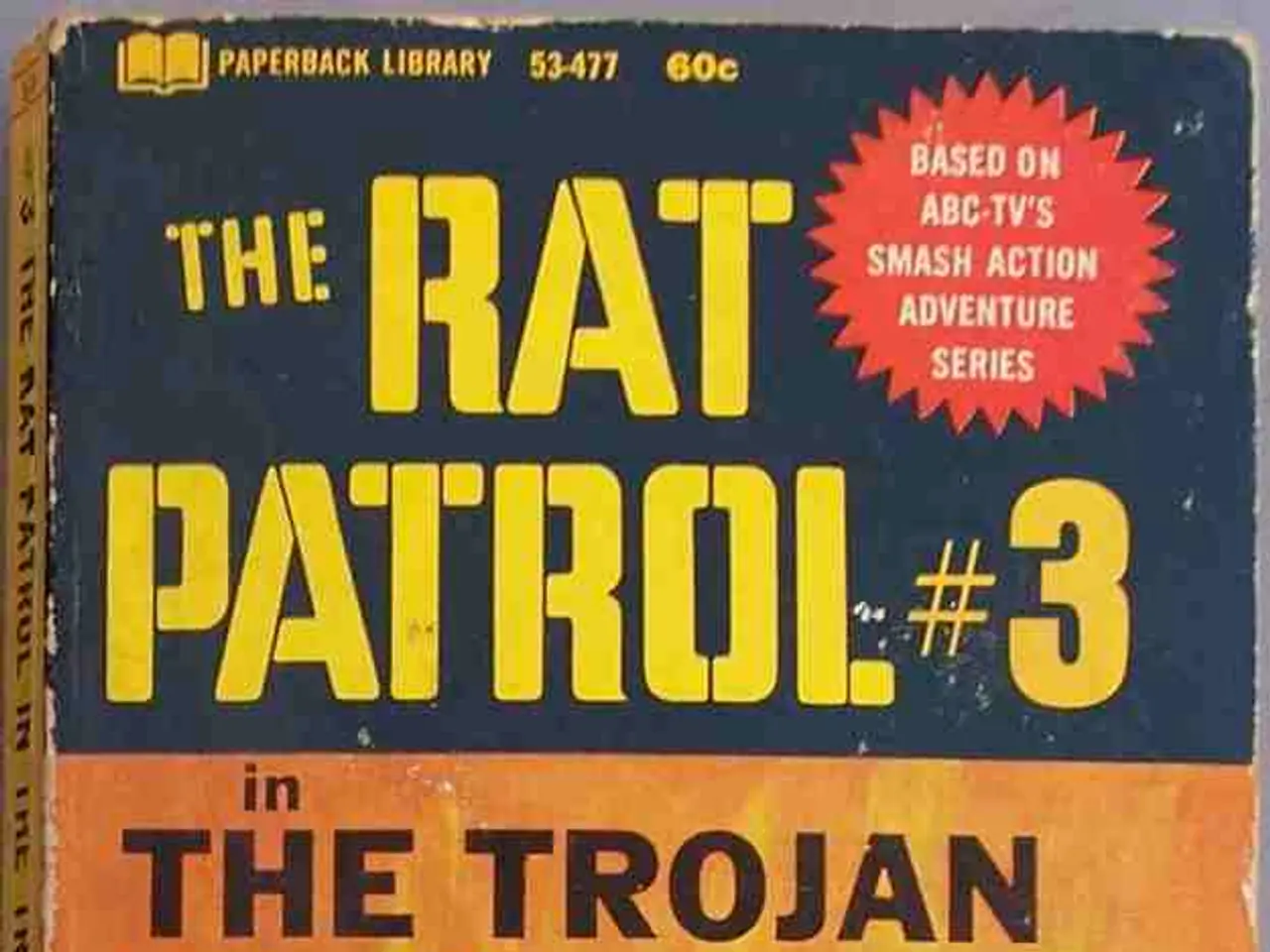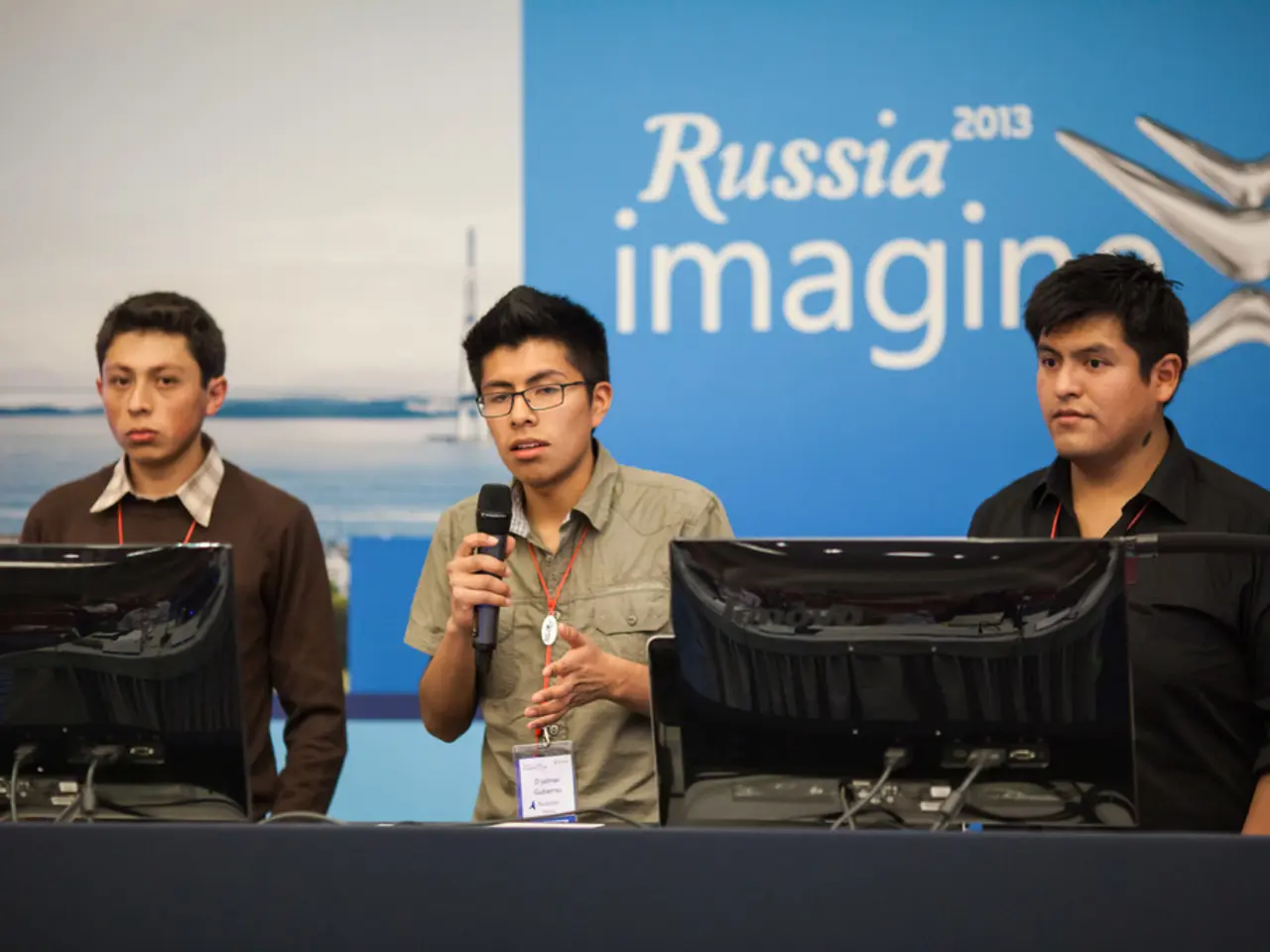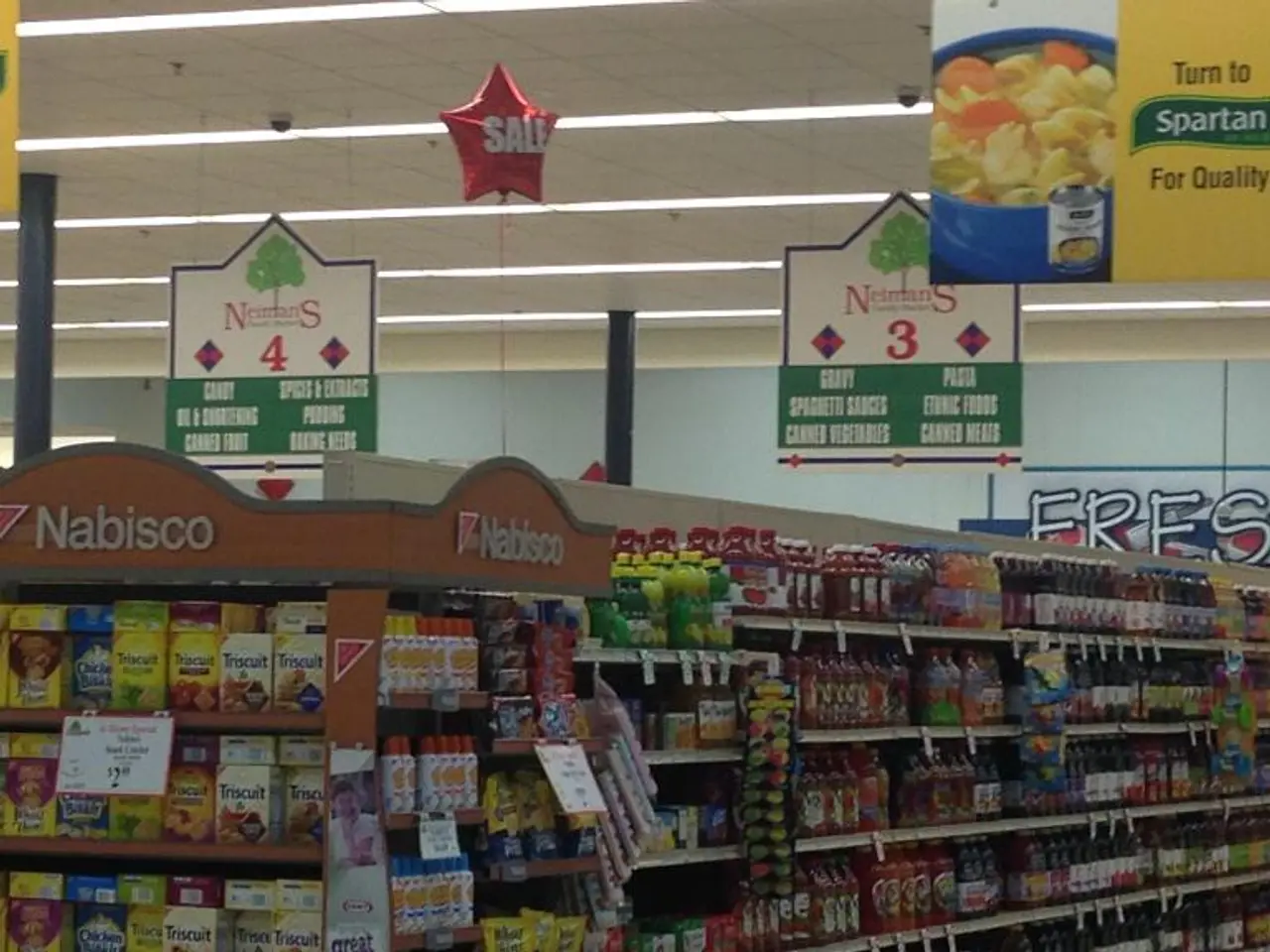Implementation of Reciprocal Tariffs under Trump's Administration Commences
In a trade deal announced on July 23, 2025, U.S. President Donald Trump imposed a 15% reciprocal tariff on Japanese goods entering the U.S., marking a significant shift in the tariff landscape between the two nations. This tariff rate, while lower than the initially proposed 20% default reciprocal tariff for countries without trade agreements, was intended to create a more level playing field for U.S. agricultural exports, particularly beef and pork, which had been facing disadvantages under previous tariff regimes.
The tariff on Japanese beef, however, presents a more complex picture. Despite the 15% reciprocal tariff on Japanese imports, the tariff rate on Japanese beef has seen an increase. Initially at 26.4%, the tariff on Japanese beef has been raised to 41%. This discrepancy arises from the broader "reciprocal tariff" framework announced by Trump, which set a baseline tariff rate of 20% for countries like Japan that lacked formal trade deals. However, the negotiated agreement provided Japan with a concession, lowering the tariff to 15% in exchange for increased market access and eased non-tariff barriers on U.S. technology exports.
The trade agreement also holds significant implications for the U.S. beef industry, with Japan being the second-largest market for U.S. pork and beef exports, with beef sales valued at about $1.9 billion. The deal includes commitments from Japan to purchase $8 billion worth of U.S. products like corn, soybeans, fertilizer, bioethanol, and sustainable aviation fuel.
U.S. Meat Export Federation President Dan Halstrom noted the importance of improved market access offered by the deal, emphasizing its potential benefits for the U.S. agricultural sector. The tariffs, part of Trump's broader reciprocal tariff policy, went into effect on Thursday.
In summary, while the 15% reciprocal tariff on Japanese imports is lower than the 24% announced by Trump in April, the tariff on Japanese beef has seen an increase, reaching 41%. The discrepancy is due to negotiations that resulted in a reduced tariff from the default rate outlined in official tariff proclamations. The trade deal aims to improve U.S. agricultural exports, notably beef and pork, and offers increased market access and eased non-tariff barriers on U.S. technology exports.
- The U.S. Meat Export Federation President, Dan Halstrom, acknowledged the importance of the improved market access in the trade deal, highlighting its potential advantages for the U.S. agricultural sector, particularly the beef industry.
- The increase in the tariff on Japanese beef to 41%, a change from the initially proposed 20% default reciprocal tariff, showcases a significant aspect of the policy-and-legislation shifting in the politics of trade and general-news.
